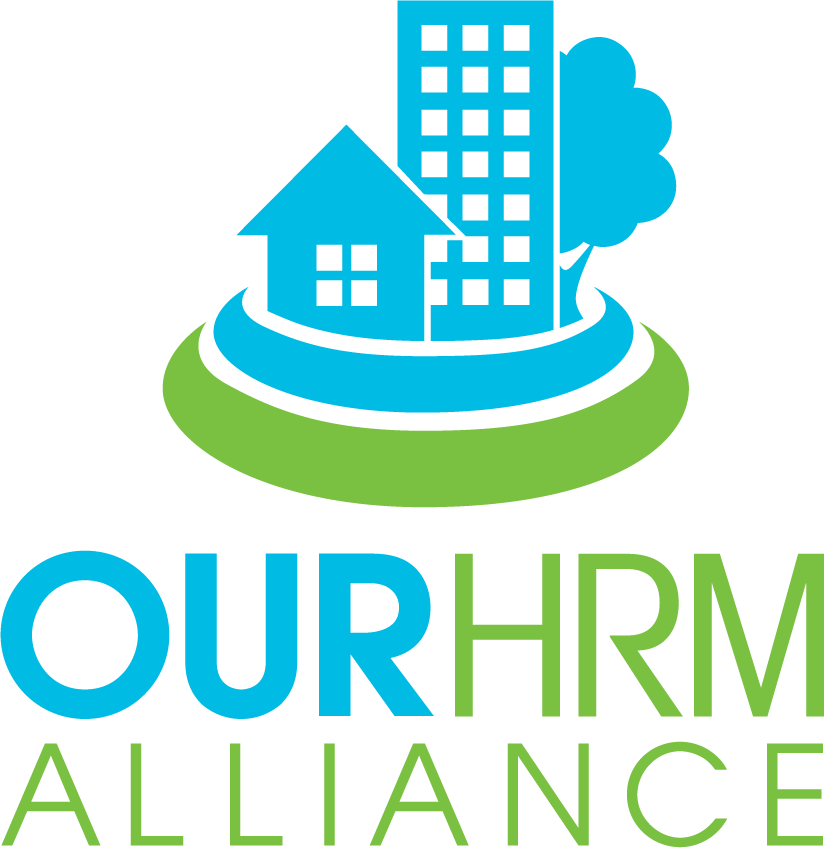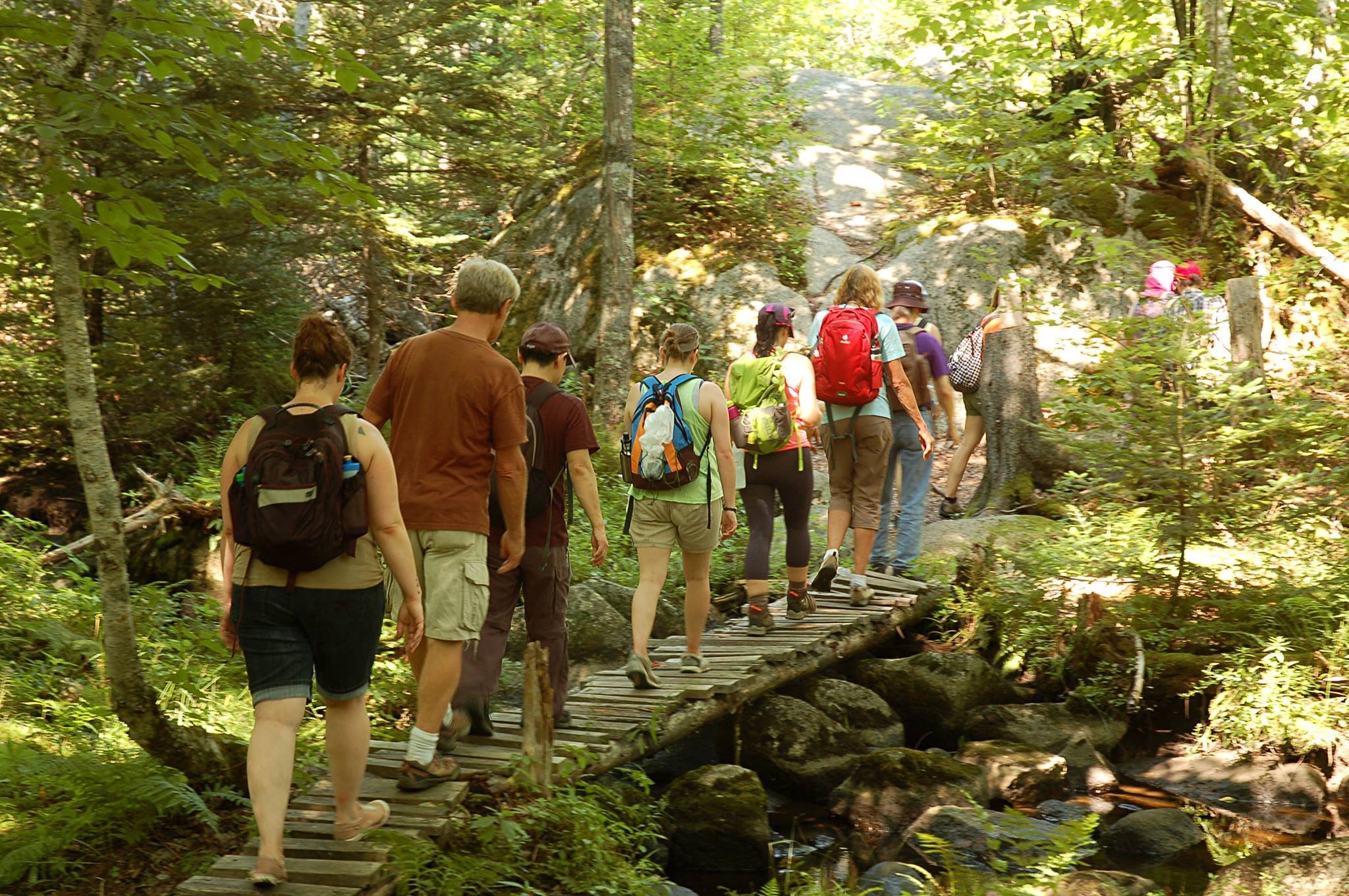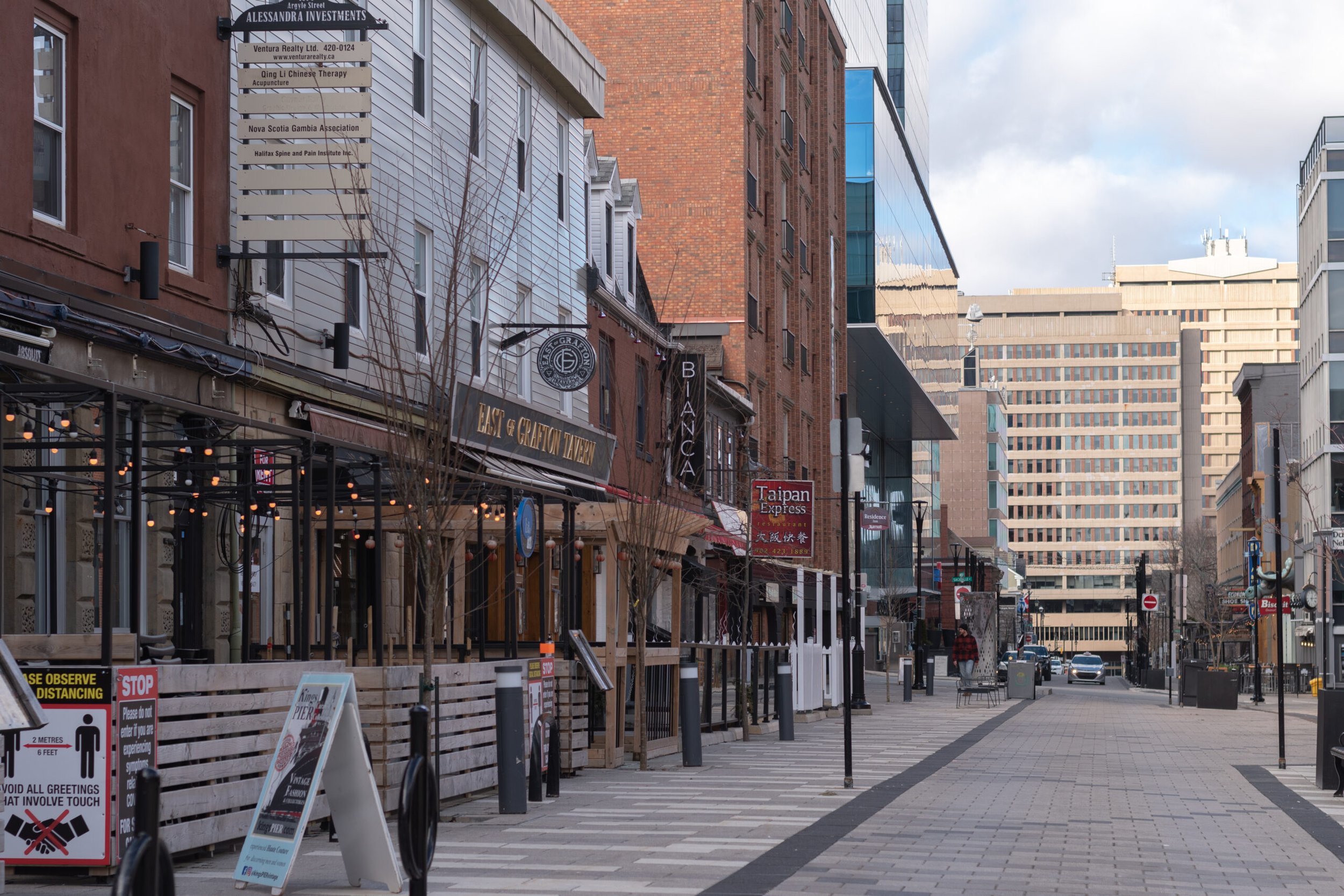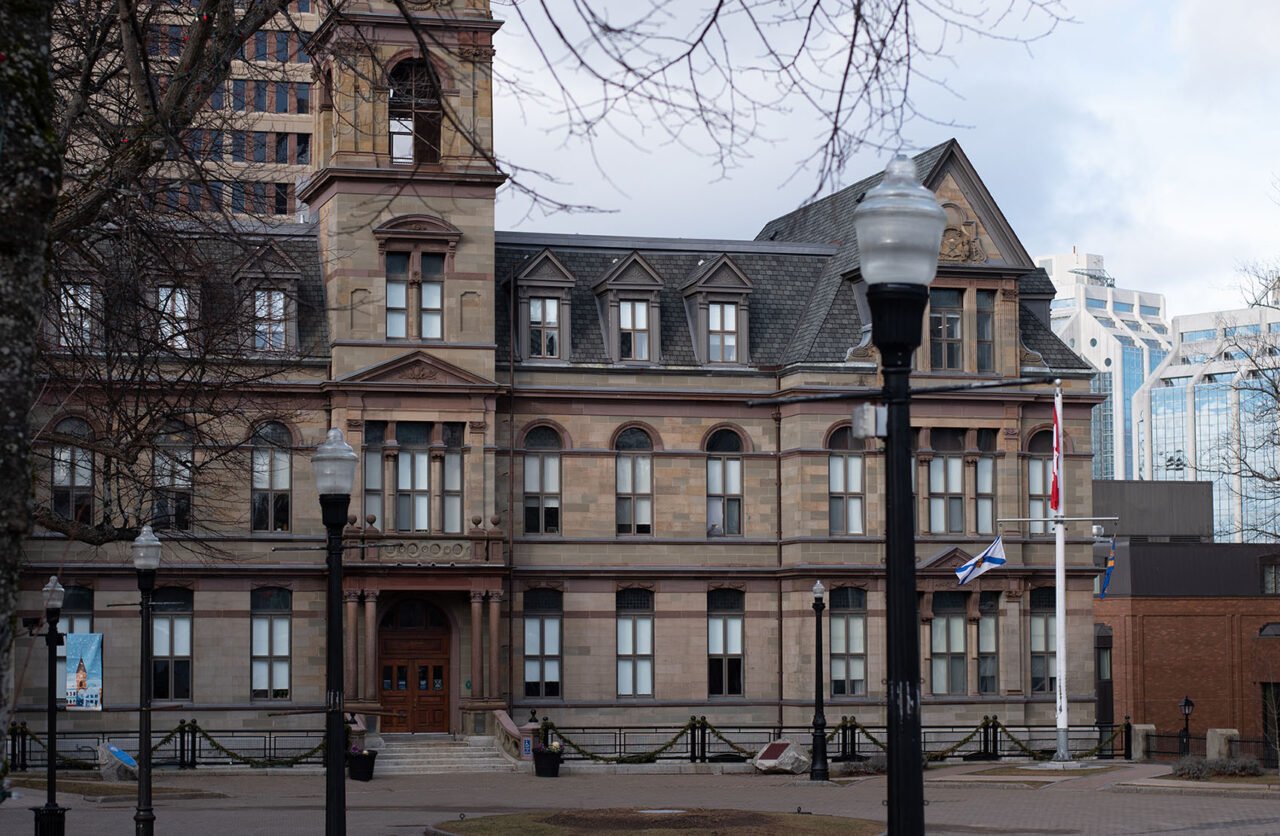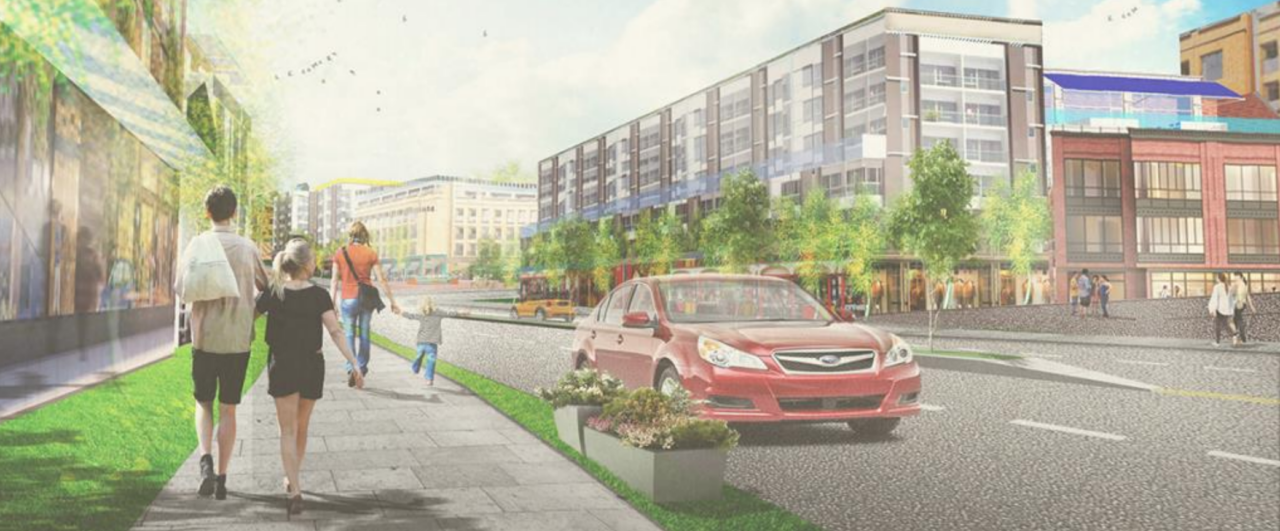
Complete Communities
Advocating for the creation of climate-resilient and connected communities to live, work, and play.
Complete communities are neighbourhoods where urban planning focuses on livability by prioritizing access to essential community services (like a local grocer, health services, library, community centre), affordable and accessible housing, active and public transportation and diverse recreation options, all proximate to where residents live.
Everything you need where you live
The benefits of a complete community
Lower Taxes
The Cost of servicing suburban households is more than double the cost of serving urban households
Health
Residents meet at lease 59% of their weekly physical activity requirements just by living in places where walking is useful.
Sustainability
Household in complete communities produce half as much carbon emissions as those in car dependent communities.
Prosperity
Local dollars recirculate 2-3 times when spent with locally owned businesses compared to multinational organizations.
To build complete communities we need to:
Invest in downtowns and growth centres
Support affordable, accessible, age-friendly housing
Invest in transit
Prioritize access to nature for everyone
How to we get here?
-
Each community in HRM has their own plan along with area-specific regulations. Some of Halifax’s suburban and rural plans have not been updated since the Municipality amalgamated in 1996. In order to build complete communities, these neighbourhoods need updated plans.
-
Everyone deserves a main street. We need a significant investment in Downtown Halifax as well as suburban mainstreets.
-
The infrastructure required to support development in urban areas and established neighbourhoods costs tax payers considerably less. Development should be required to pay for its own infrastructure to incentivize growth in existing communities, where it will support local business and cost tax payers the least.
-
In order for our communities to work, they need to work for everyone. In 2012, HRM’s vacancy rate was below 2% and rents increased 4.1% on average. We need the municipality and province to take action on policies that prioritize, require and support affordable and accessible housing across all communities and settlement types.
Frequently Asked Questions
-
HRM is growing at a slower rate than the rest of Canada, with a 3.3% population increase against the national increase of 5.0% between the 2011 and 2016 censuses.
At the same time, the census showed that within metropolitan Halifax, certain suburban areas grew by much greater margins than did the regional centre: for example, Halifax West saw a population increase of 10.3%.
Growth is happening so the tax base is naturally increasing. Growth is good, but not if the growth costs more than it earns in taxes.
Research done in 2013 by Sustainable Prosperity showed that the cost of servicing suburban households is more than double the cost of servicing urban households.
This means that we’re building communities where the taxes do not pay for the needs of the community, like transit, sidewalks, community centres, soccer fields.
-
If we concentrate growth in existing communities to increase density and lower the costs of servicing these communities, it will help to stabilize tax rates.
By directing growth to the right places and building dense, complete communities that do not cost the taxpayer more than they provide in revenue, we also improve the amenities that people have close to their own neighbourhoods, like transit, small businesses, parks, and community centres.
If tax rates stabilize or decrease, more people will be able to afford to live here, thus helping to boost the population growth. A Greenbelt and a plan for good Growth are both key to stabilizing municipal costs, because a Greenbelt directs growth away from the costly outskirts of the city and a Growth Plan directs growth into the existing communities that need more economic activity.
Recent Work & Statements

Take Action
Because everyone deserves a main street

